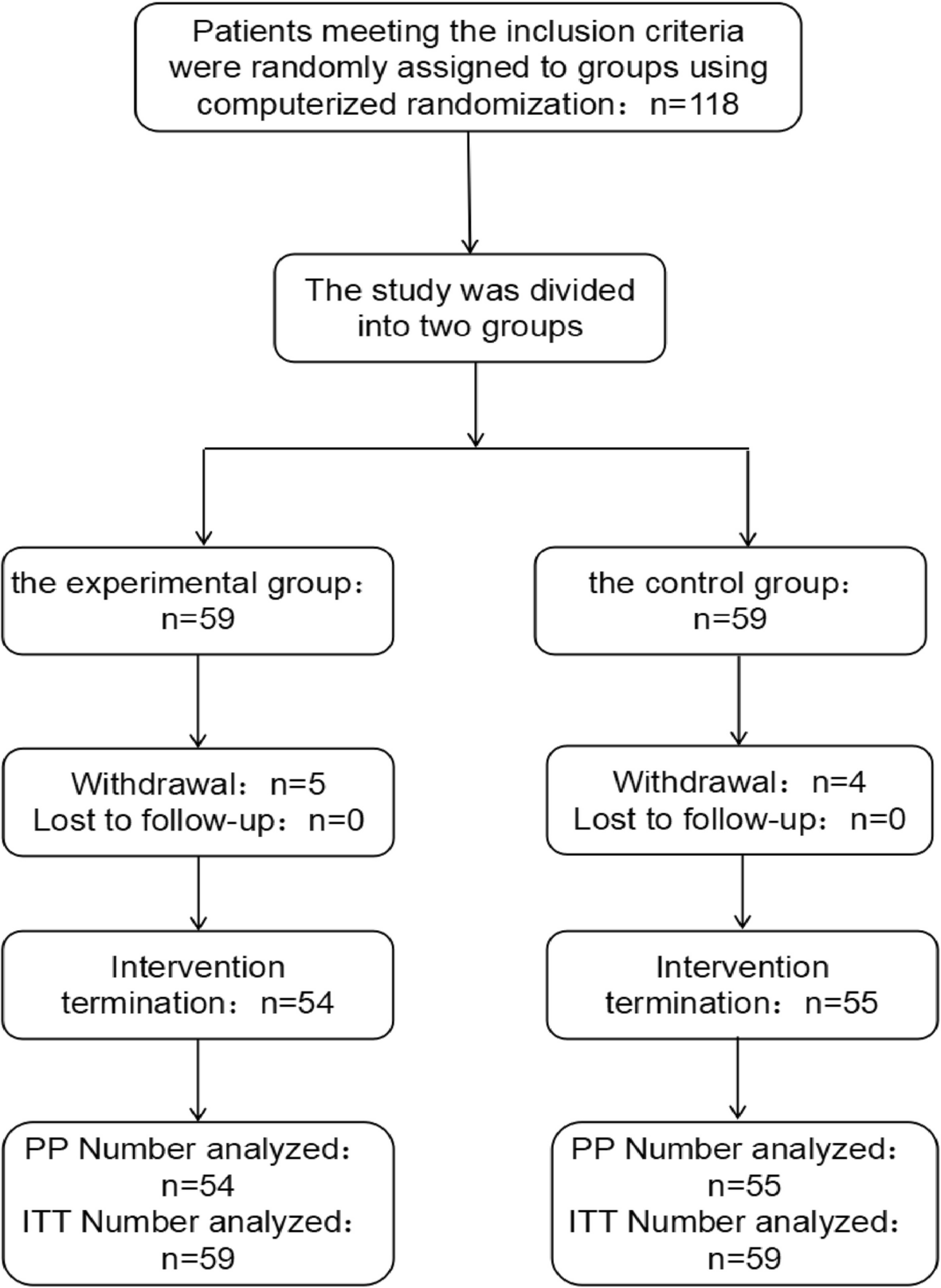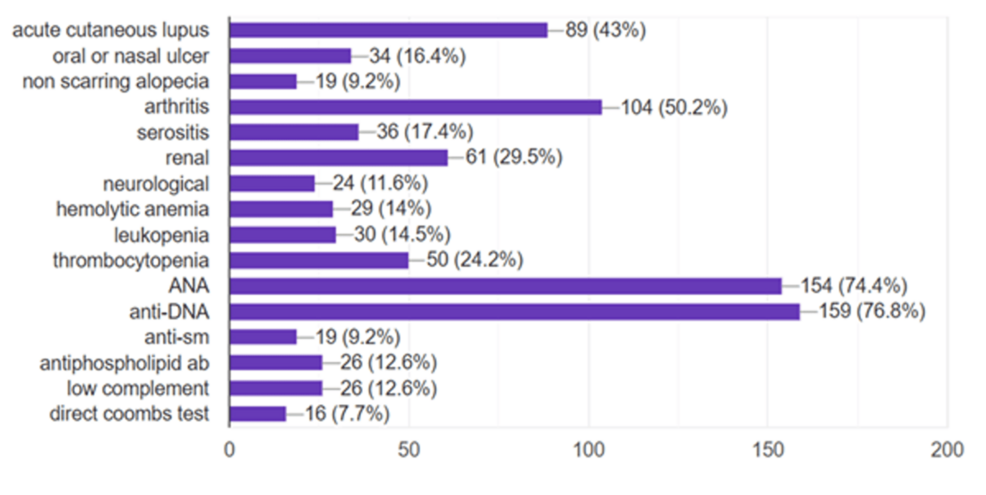Category: 6. Health
-

Colon cancer warning signs you must never ignore, warns Harvard-trained doctor
Colon cancer can creep in silently, showing up as tiny, easy-to-miss symptoms that most of us brush off. Bright red blood in your stool or a sudden change in bowel habits might seem harmless—or just haemorrhoids—but sometimes your gut is… -

To lower risk of heart attack, avoid 3 habits after 8:00 pm, suggests cardiologist
If you want to extend your lifespan and protect yourself from the dangers of an early heart attack, reconsidering your nighttime routine might be the key. Cardiologist Dr. Sanjay Bhojraj recently took to Instagram to highlight several evening…Continue Reading
-

Safer Transitional Hospital-to-Home Care for Older People: The Urgent
Informal Caregivers are Essential Partners in Healthcare Systems
As worldwide demographics shift towards increasingly aged populations, the role of informal caregivers (ICs) has become critically important to community and long-term care…
Continue Reading
-
Just a moment…
Just a moment… This request seems a bit unusual, so we need to confirm that you’re human. Please press and hold the button until it turns completely green. Thank you for your cooperation!
Continue Reading
-

MIT’s “stealth” immune cells could change cancer treatment forever
Scientists have created a new and more advanced form of immune-based cancer therapy using engineered cells known as CAR-NK (natural killer) cells. Like CAR-T cells, these modified immune cells can be programmed to recognize and attack cancer, but…
Continue Reading
-

‘Will be able to protect around 7 million people’
Hard-hit Brazilians are gaining another layer of defense against the mosquito-spread dengue fever, known by many as break-bone fever, Reuters reported.
The critical aid comes via the July 19 opening of the world’s largest mosquito…
Continue Reading
-

Covid virus changes sperm in mice, may raise anxiety in offspring: study
Researchers at the Florey Institute of Neuroscience and Mental Health in Melbourne, Australia, infected male mice with the virus that causes Covid, mated them with females, and…
Continue Reading
-

Enhancing gestational diabetes mellitus education: a randomized controlled trial of King’s theory and FMEA-PDCA integration for improved patient outcomes | BMC Pregnancy and Childbirth
Significance of integrating king’s theory of goal attainment with FMEA-PDCA quality management tool in health education for GDM patients
Enhancing education quality
The amalgamation of King’s Theory of Goal Attainment, FMEA, and PDCA can…
Continue Reading
